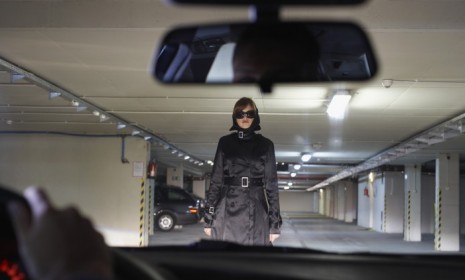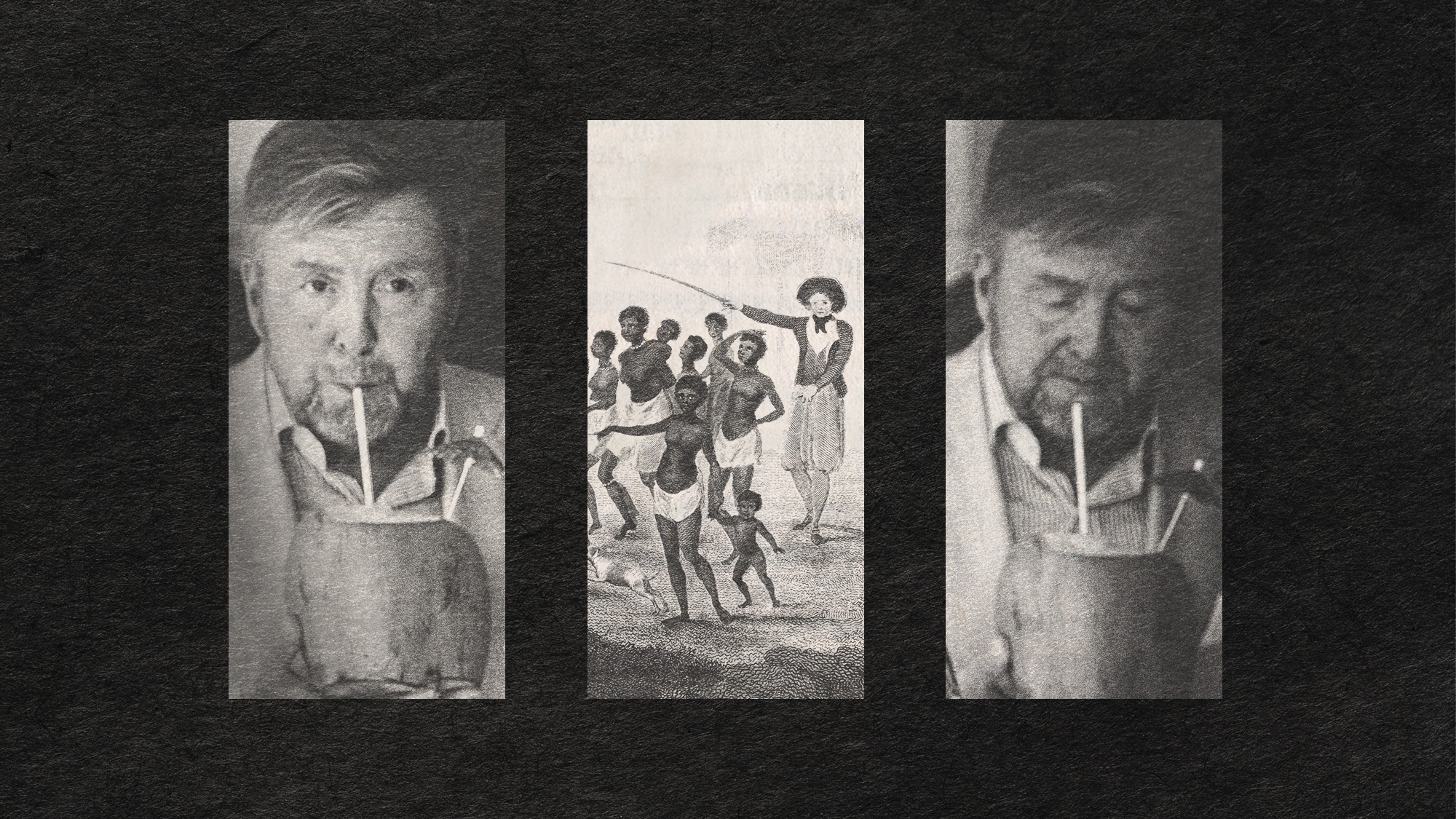7 best cloak-and-dagger moments from the Russian spy case
Buried cash, covert meetings in train stations, shortwave radio signals: A look at the Russians' most innovative, and most inane, spy moves

At times the U.S. government's case against the 11 alleged "deep cover" Russian spies reads like a Cold War thriller; other times, it seems like a spoof, filled with bumbling Austin Powers-like amateurs. The SVR (successor to the KGB) employed techniques both worthy of a James Bond villain (stealth laptop networks) and almost too primitive to believe (invisible ink). Here are seven of the most remarkable spy-vs.-spy tactics — of both varieties — uncovered during the FBI investigation: (Watch Rep. Pete Hoekstra warn these arrests are "the tip of the iceberg".)
1. Secret meeting signals and phrases
To recognize one another in public places, the alleged agents deployed secret signs and phrases. At one rendezvous, alleged New Jersey–based agent Richard Murphy, for example, was told to carry an issue of Time magazine (in his left hand if he sensed danger) and respond to his co-conspirator's entree, "Excuse me, could we have met in Malta in 1999?" with "Yes indeed, I was in La Valetta, but in 2000." In another instance, the spies' patter featured this unlikely exchange: "Tell him Uncle Paul loves him." Reply: "It is wonderful to be Santa Claus in May."
The Week
Escape your echo chamber. Get the facts behind the news, plus analysis from multiple perspectives.

Sign up for The Week's Free Newsletters
From our morning news briefing to a weekly Good News Newsletter, get the best of The Week delivered directly to your inbox.
From our morning news briefing to a weekly Good News Newsletter, get the best of The Week delivered directly to your inbox.
2. Invisible ink and encrypted photos
Alleged Yonkers, N.Y.–based spies Juan Lazaro and Vicky Pelaez used "methods that hearkened back to the Hardy Boys or Nancy Drew," according to The New York Times. Investigators say the couple used invisible ink to pass messages to Russian officials on one of their trips to South America: "I am going to write in 'invisible,'" Lazaro says, "and you're going to pass them all of that in a book." Other agents used steganography, or the embedding of encrypted messages inside Web-transmitted photos, to pass messages to Moscow.
3. Buried treasure
In 2006, Seattle-based couple Michael Zottoli and Patricia Mills apparently unearthed a pile of cash that had been buried under 5 inches of dirt by a fellow spy two years earlier — the location marked by a brown beer bottle — in the upstate New York town of Wurtsboro.
A free daily email with the biggest news stories of the day – and the best features from TheWeek.com
4. Bag-swap payoffs
A more common and tidier way to hand off cash was the "brush pass" (or "flash meeting"), in which two agents would exchange cash, ATM cards, flash drives, or other items in quick handoffs in a public place. Christopher Metsos, the 11th suspect arrested, was observed swapping identical orange duffel bags with a Russian official on the stairs of a train station, for instance, and completing other exchanges in New York City parks.
5. Shortwave radio and Morse code–like radiograms
In another throwback technique, most of the alleged spies apparently used shortwave radio to communicate with Moscow. Several intercepted e-mails refer to radiograms — short bursts of code transmitted over a certain radio frequency — and Lazaro was recorded telling Pelaez he was he was receiving "radio ... from over there," while "irregular electronic clicking sounds" are heard in the background.
6. Laptop-to-laptop private networks
The alleged spies' most modern gambit was arguably the use of special Wi-Fi connections to pass messages from "illegals" to official Russian diplomats. Anna Chapman — aka the ring's "femme fatale" — allegedly communicated with a Russian official via closed laptop-to-laptop network while she sat in Starbucks and Barnes & Noble stores and he occupied a park bench outside or drove by in a van.
7. Pet names
The "illegals" were expected to cultivate contacts in the U.S. government, academia, business, labs, and think tanks, with the hopes of picking up confidential information. According to intercepted messages, these targets were given animal-themed code names, including "Parrot," "Cat," and "Farmer."
Sources: Federal criminal complaints (via NY Times), New York Times, Daily Telegraph, Washington Post, Newsweek, Time, New York Observer
-
 In Suriname, the spectre of Dutch slave trade lingers
In Suriname, the spectre of Dutch slave trade lingersUnder the Radar Dutch royal family visit, the first to the South American former colony in nearly 50 years, spotlights role of the Netherlands in transatlantic trade
-
 Political cartoons for December 7
Political cartoons for December 7Cartoons Sunday’s political cartoons include the Trump-tanic, AI Santa, and the search for a moderate Republican
-
 Trump’s poll collapse: can he stop the slide?
Trump’s poll collapse: can he stop the slide?Talking Point President who promised to ease cost-of-living has found that US economic woes can’t be solved ‘via executive fiat’